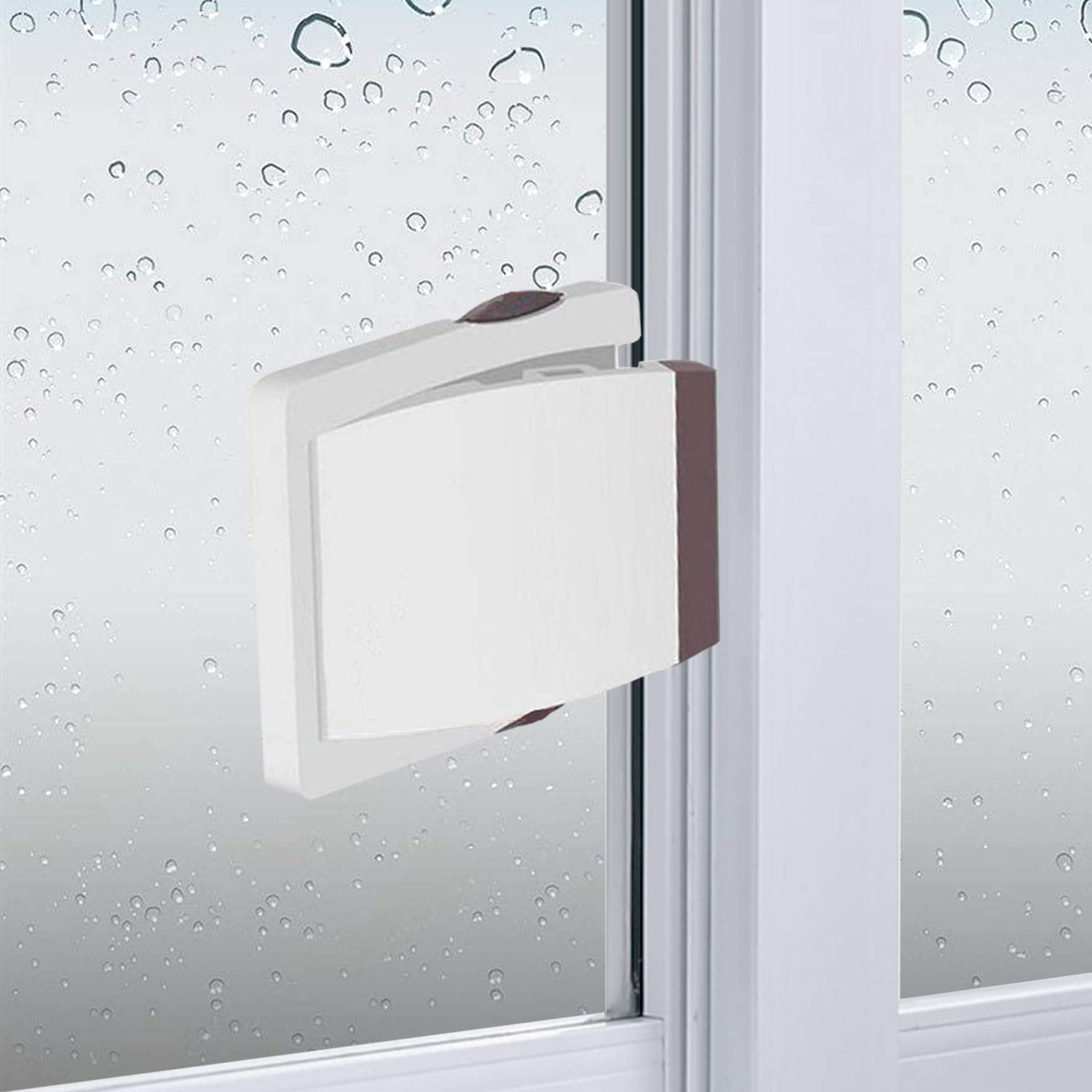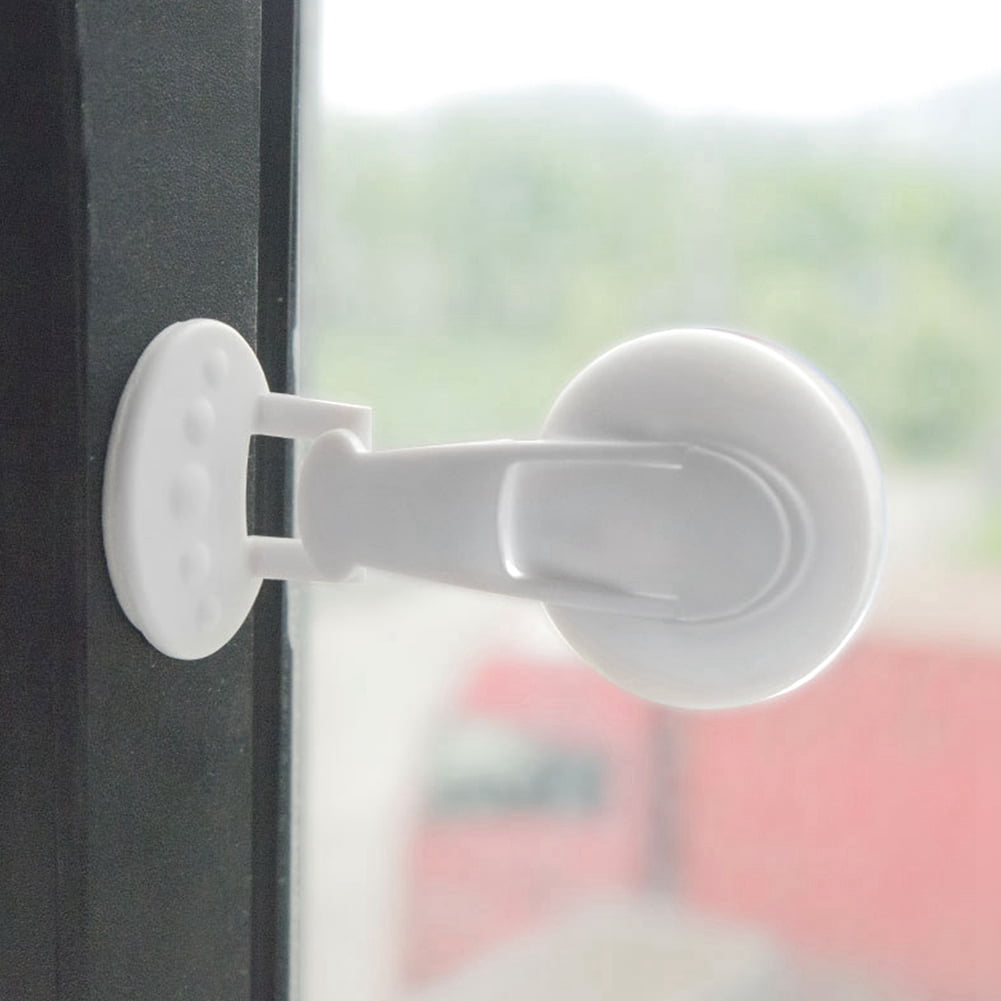

Several types of safety latches are sold for cabinets and drawers, but Kerin feels many are ineffective. Keep all cleaning supplies and hazardous materials as well as toilet brushes and plungers out or reach or locked up. They can come off, so you may want to remove them. Those plastic caps on the bolts that connect the toilet to the floor are a potential choking hazard. Look for a lightweight stool with a slip-resistant bottom and a wide, stable base. A stool is also important for a child who is potty training. You don’t want kids climbing onto the toilet to access the sink, so have a little stool they can stand on to wash hands and brush teeth. Various types of toilet latches can keep baby from lifting the lid. Not only is it unhygienic, but kids can fall in headfirst, get stuck, and drown. Thce toilet can pose an especially attractive danger to young children. “Glass shower doors are an extreme hazard for little kids,” Smith says. Watch children closely if you have a walk-in shower with doors that can shatter. If you have decorative shower curtains, make sure the tiebacks are shorter than 12 inches to prevent strangulation. To minimize injuries, use a soft spout cover over the faucets. Test baby’s bathwater on your wrist or use a water thermometer. The easiest way to prevent scald burns is to set the thermostat on your water heater between 110 to 120 degrees Fahrenheit. Children can be scalded by it, slip on it, or drown in it. “Water is definitely the main concern in the bathroom,” says Kelly Smith, owner of Totsafe in Macomb, MI, and author of Mommy Can Do It: A Do-It-Herself Guide to Baby-Proofing. Make sure your child can’t get trapped in the bathroom by installing locks that can be opened from the outside. You can also use a doorknob cover, which is available for both round knobs and lever-style handles and prevents the child from opening the latch. To limit access, put a hook and eye or sliding bolt on the outside of the door, high above your child’s reach.
BABYPROOF GLASS DOORS FREE
“Until children are starting to be potty trained, they should not have free access to the bathroom,” Kerin says. The best way to protect small children is to make sure they can’t get in unattended. It needs to keep children safe but let other family members use the bathroom with ease. Since the bathroom is a high-traffic area, your childproofing approach has to be functional. “It just costs a little bit of effort, a little bit of awareness.” “So much of it doesn’t cost a cent,” says Peter Kerin, owner of Foresight Childproofing Inc., in Minnesota’s Twin Cities area.

Childproofing a room begins with some common-sense approaches.


 0 kommentar(er)
0 kommentar(er)
